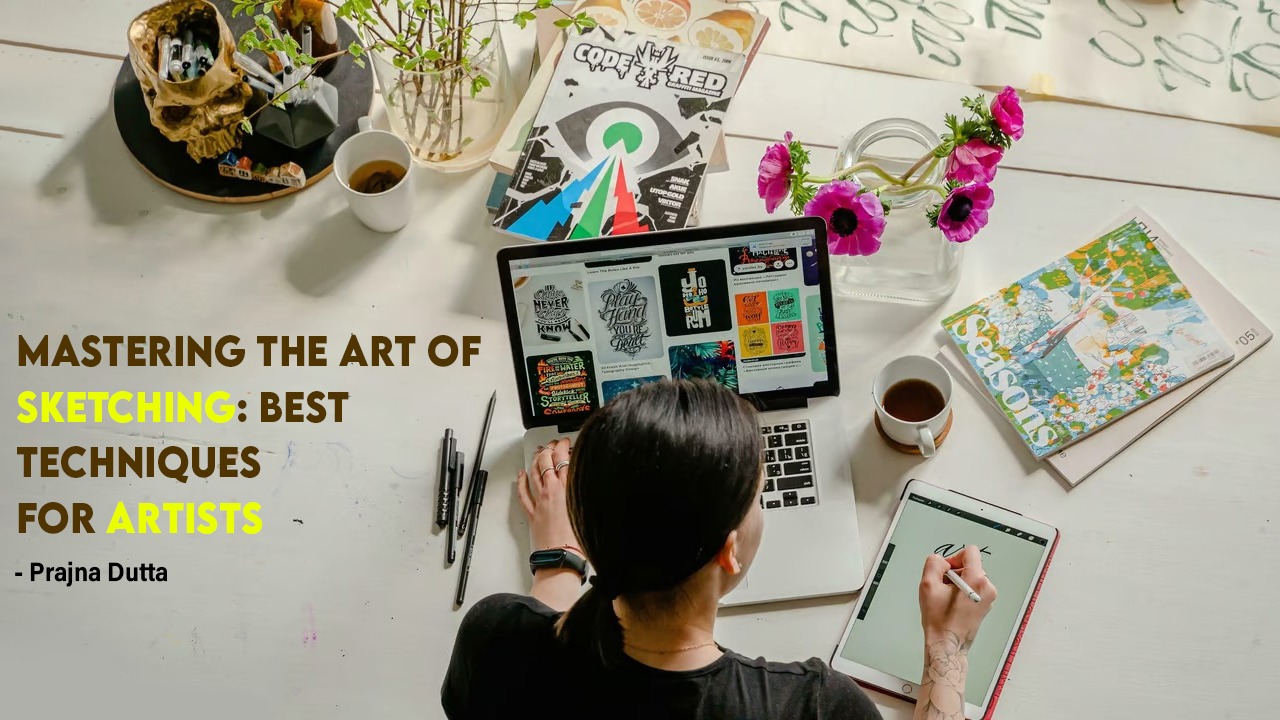Sketching is a fundamental skill for artists of all levels, from beginners to seasoned professionals. The ability to quickly capture ideas, shapes, and forms through sketches is invaluable in the creative process. Whether you're an aspiring artist looking to improve your skills or a seasoned pro seeking new inspiration, mastering the art of sketching is essential. In this article, we will explore some of the best techniques for sketching that can help you enhance your artistic abilities and take your sketches to the next level.
1. Start with Basic Shapes:
One of the fundamental principles of sketching is to start with basic shapes. Whether you're sketching a portrait, a landscape, or an object, breaking down the subject into simple shapes like circles, squares, and triangles can help you establish the overall composition and proportions before adding details.
2. Practice Regularly:
Like any other skill, sketching requires practice to improve. Set aside time in your schedule for regular sketching sessions to hone your skills and develop your style. Consider keeping a sketchbook with you at all times so you can sketch whenever inspiration strikes.
3. Use Different Drawing Materials:
Experiment with different drawing materials to discover which ones work best for you. Pencils, pens, charcoal, and markers each have unique qualities that can influence the look and feel of your sketches. Try using a variety of materials to explore different textures, line weights, and shading techniques.
4. Focus on Line Quality:
Pay attention to the quality of your lines when sketching. Experiment with varying line weights, from thin, delicate lines to bold, expressive strokes, to add depth and dimension to your sketches. Practice using hatching, cross-hatching, and stippling techniques to create different textures and shading effects.
5. Study Light and Shadow:
Understanding how light and shadow interact with objects is essential for creating realistic and dynamic sketches. Study the principles of light and shadow, including how to identify highlights, mid-tones, and shadows, to add depth and dimension to your sketches. Practice shading techniques to create realistic lighting effects and bring your sketches to life.
6. Embrace Mistakes:
Don't be afraid to make mistakes when sketching. Mistakes are an essential part of the creative process and can lead to unexpected discoveries and new ideas. Embrace imperfections and use them as learning opportunities to grow as an artist.
7. Seek Inspiration:
Draw inspiration from the world around you. Take time to observe and sketch everyday objects, people, and scenes to improve your observational skills and develop your artistic style. Visit art galleries, museums, and nature to find inspiration and new ideas for your sketches.
In conclusion, mastering the art of sketching requires practice, experimentation, and a willingness to learn and grow as an artist. By incorporating these techniques into your sketching practice, you can enhance your skills, develop your unique style, and create captivating sketches that resonate with viewers. So grab your sketchbook, pick up your favorite drawing materials, and start sketching your way to artistic excellence.

RUBjktXSTYKc
RUBjktXSTYKc
tLGUhKVneoRCAIlT